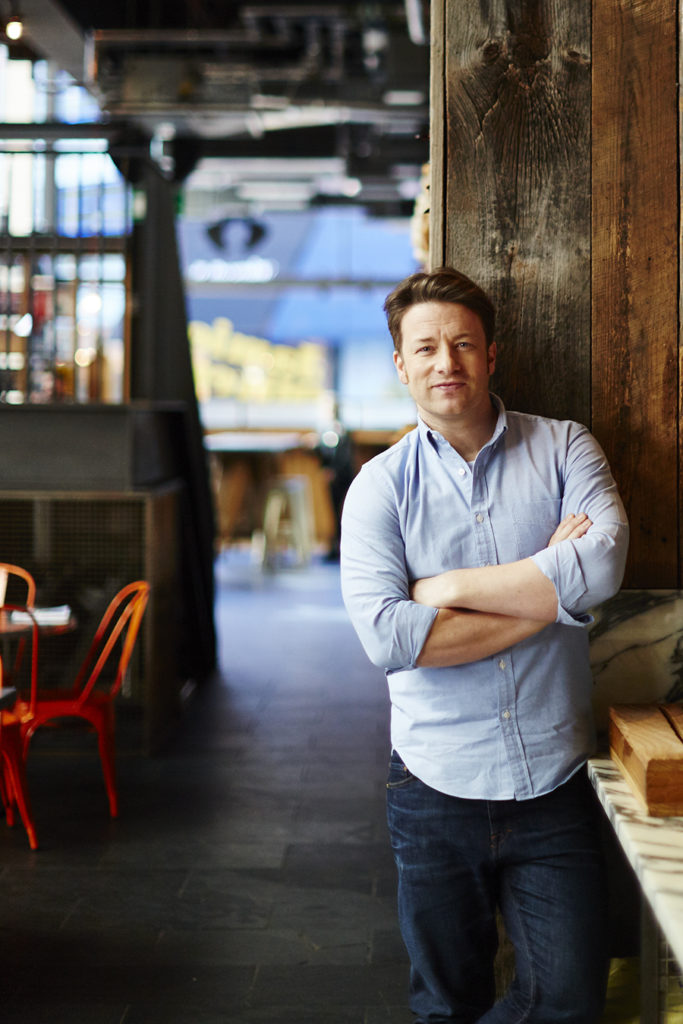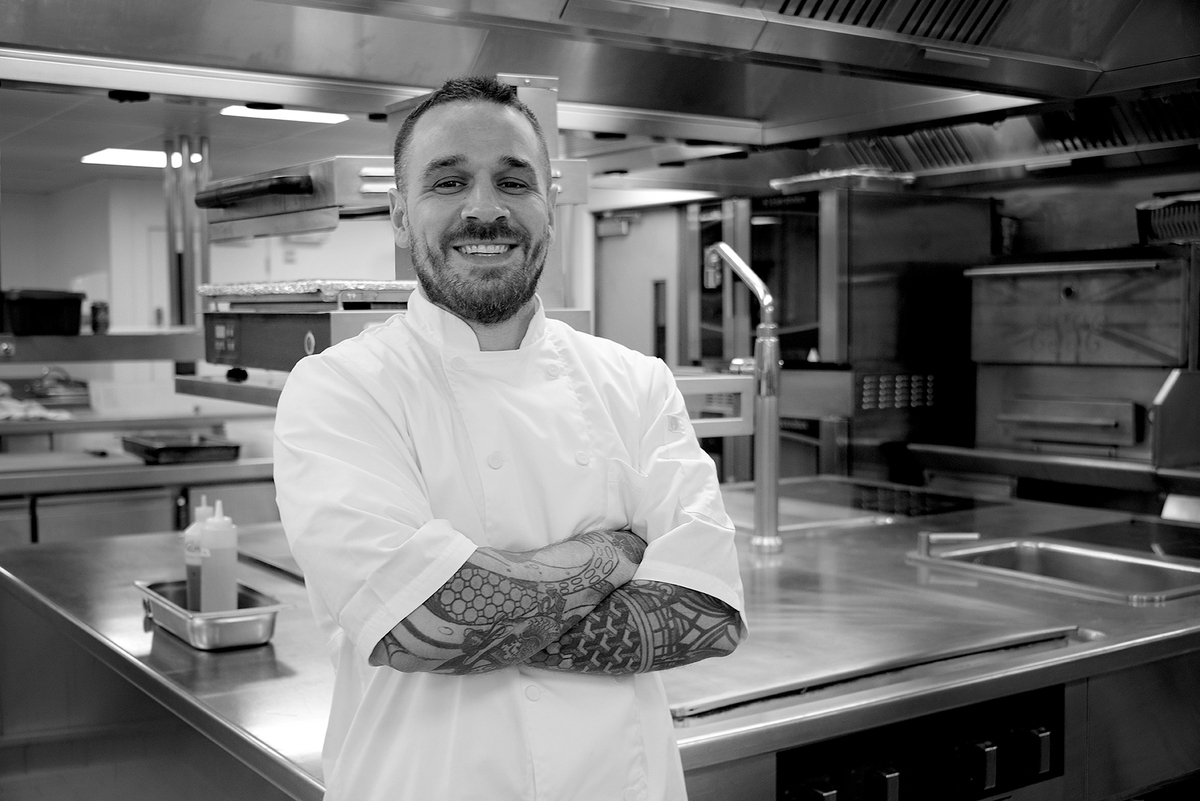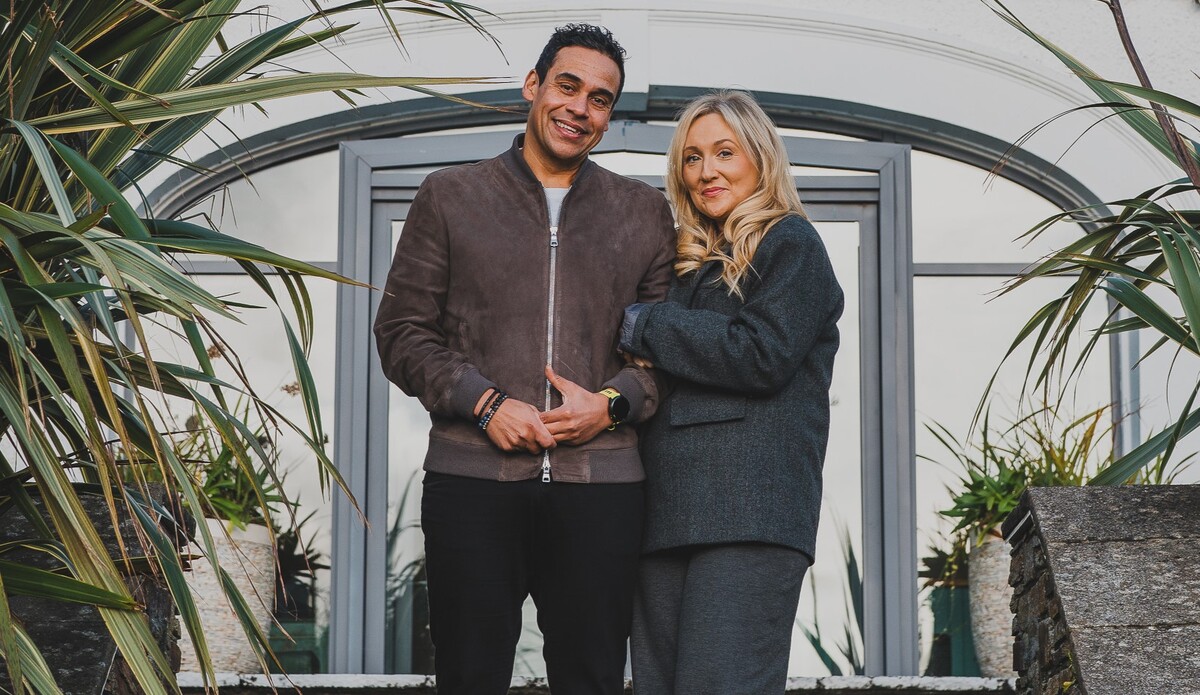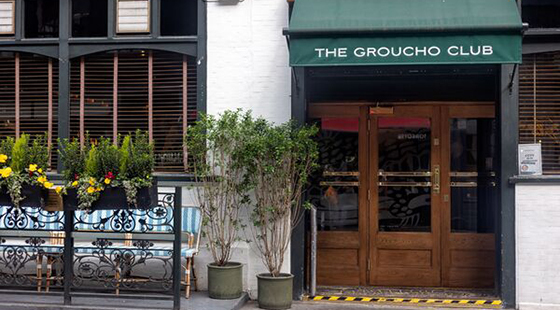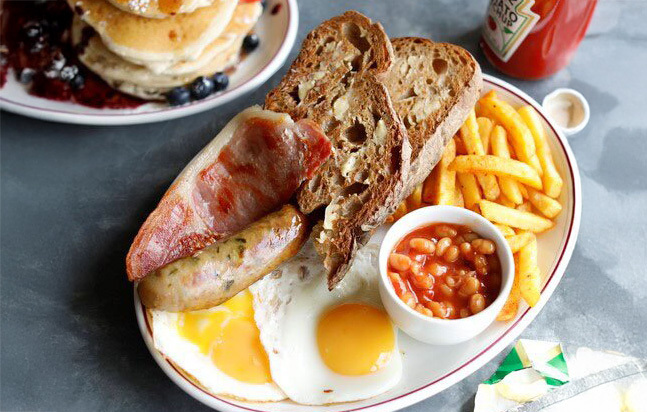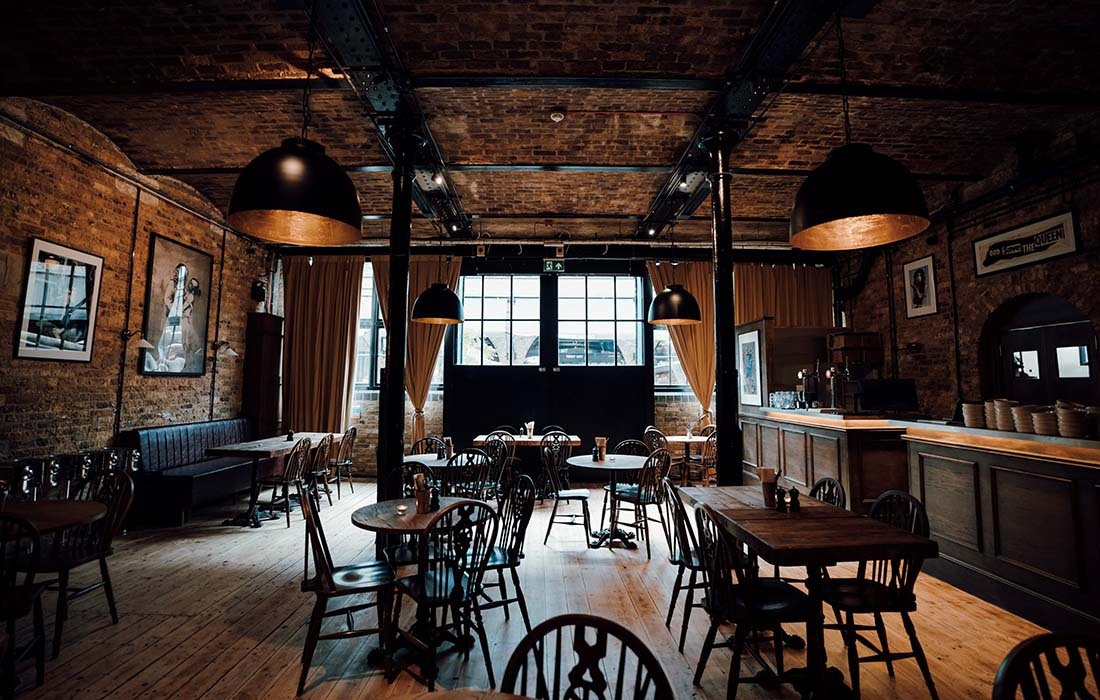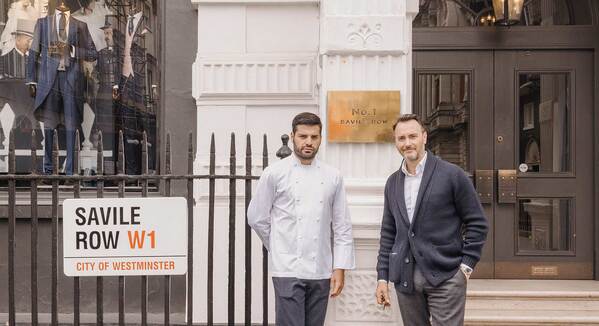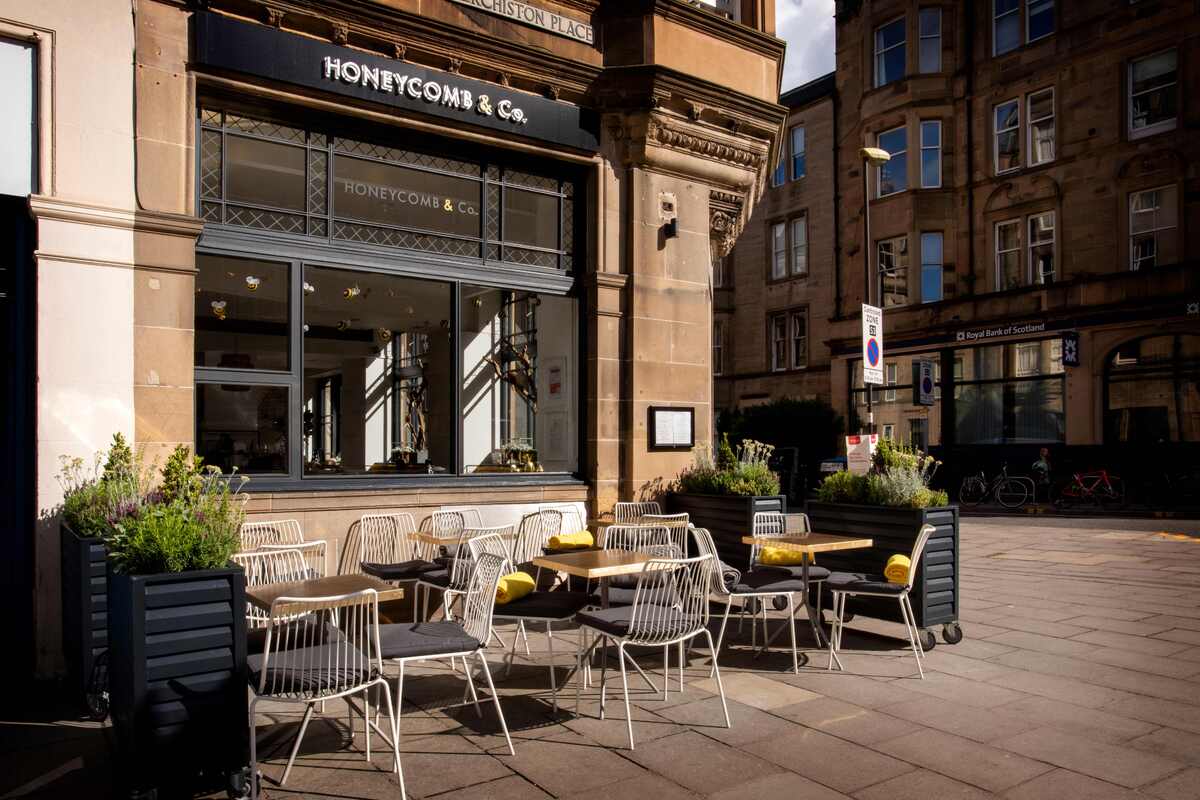How Jamie's Italian lost its mojo
The decline and fall of the celebrity chef's empire was, to some, the inevitable result of an oversaturated market; a swollen business that had had its moment in the spotlight. Emma Lake looks at what lies ahead for casual dining operators
When Jamie Oliver opened his first casual dining Italian restaurant in Oxford in 2008, people queued around the block for a table. The celebrity chef had set out to "democratise the mid-market" and for the first five years he "killed it", with the chain growing to more than 40 sites.
But last week it was announced that efforts to turn the Jamie's Italian brand around following last year's company voluntary arrangement (CVA) had been
Two days later, 20 of the 25 sites were on the market and 1,000 employees were looking for new positions. Just three sites - two Jamie's Italians and a Jamie Oliver's Diner - all in Gatwick Airport, remain open while a buyer is sought.
In the months following the 2018 CVA, The Caterer interviewed both restaurant group chief executive Jon Knight and Oliver, who described the pervious few months as "the hardest, darkest, toughest, most emotional rollercoaster ever".
In a statement last week Oliver said he was "deeply saddened" at the eventual outcome. After agreeing the CVA, which saw the closure of 12 sites, the
group had invested in staff training and introduced new menus.
On top of this, Oliver and his mentor, Gennaro Contaldo, both travelled around the estate towork with teams and took part in media opportunities to ensure the public knew the restaurants were open for business.
When The Caterer spoke to Knight in June, it asked why Oliver was making this commitment to a loss-making aspect of his business when he had other profitable enterprises.
Knight replied: "Because of the chefs, because of the people, because he has an absolute affinity with all of the restaurants and he doesn't want to see them fail."
Boom and bust
The CVA post-mortem that continued throughout the year, as other groups followed the lead of Jamie's Italian, highlighted market saturation, a lack of
consumer confidence, business rate hikes, inflated rents, food prices, staffing costs and tired offers as contributing factors.
Oliver's restaurants had expanded into large, city centre sites during the boom years and certainly would have faced high costs - particularly following the 2017 rate revaluation and, ultimately, it appears that footfall could not be improved
enough to offset these.
The last financial results available for the group relate to 2017, revealing a 10.8% loss in revenues from the restaurant arm of Oliver's empire to £100.6m. But, in a telling sign of the difficulties on the high street, total earnings before
interest, tax, depreciation and amortisation (EBITDA) fell by 78.4% to £2.1m before exceptional items.
Will Wright, partner at KPMG and joint administrator, added: "The current trading environment for companies across the casual dining sector is as tough
as I've ever seen. The directors at Jamie Oliver Restaurant Group have worked tirelessly to stabilise the business against a backdrop of rising costs and
brittle consumer confidence. However, after a sales process that sought to bring new investment into the business proved unsuccessful, the team took the
incredibly difficult decision to appoint administrators."
Stand aside
Many have cited the closures seen throughout 2018 as a period of correction in a market that had become saturated, with an 8% growth in operators over five years while demand remained steady. Jamie's Italian was the first major restaurant group to pursue a CVA, and time will tell if others will be able to turn
their fortunes around.
Karl Chessell, director of CGA, told The Caterer: "We do expect to see further correction in casual dining, as there is still an over-capacity in the group
restaurant sector. This varies geographically, but there are high streets in the south where we have already seen a reduction in net numbers.
"The extent of this correction and the timeframe this may happen in is difficult to predict, but we think operators will certainly start to be more selective on new sites and renewing leases. They will also need to focus on understanding their
customers and local areas in increasing detail, as well as delivering on the core drivers for consumers such as quality and service.
"Consumers continue to eat out and frequency has remained consistent for many
years, which is good news for the sector. The significant increase in supply has spread this demand more thinly though, and it has been a market-share game.
"The positive side of declining numbers are that capacity eases and there's more room for surviving operators to breathe.
"Also, when restaurants close, the sites are often taken on by ambitious smaller brands, sometimes on better terms. The sector therefore continues to offer great choice and experiences for consumers."
Oliver's international restaurants as well as Fifteen Cornwall, which operates under a franchise agreement, are unaffected by the administration, as are the media and licensing arms of his business.



